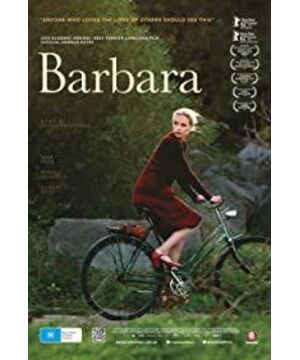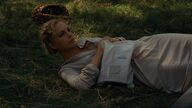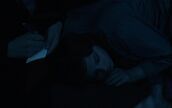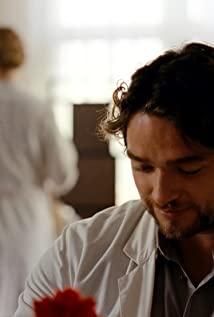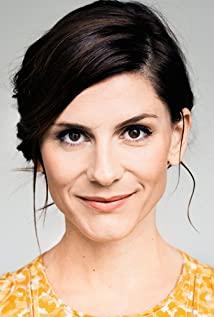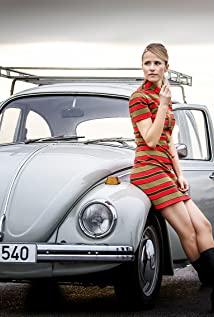The aesthetic pursuit of the Berlin Film School (Berliner Schule) is to abandon the classic grand narrative, return to the daily life of the characters, and carry out precise and detailed descriptions, so that film audiences can see the true state of German society. At the same time, most of these directors who share the same aesthetic characteristics are from West Germany, and the films often use a more subjective perspective to deal with the theme. Therefore, the works of the Berlin Film School can also be interpreted as starting from the perspective of West Germany. Retrospective records made by the society in China. From the overview of this film genre by film critics, it is naturally not difficult to understand the narrative methods of Christian Petzold (Christian Petzold) that constantly dissolve dramatization, as well as the hidden mystery of the background of the times.
In "Barbara", the film that won the Berlin Film Festival's Best Director Award, Petzold took this light and breezy aesthetic style to the extreme. The camera shot the less-spoken heroine riding on a tram, riding a bicycle, treating colleagues in the hospital indifferently, and cautiously avoiding attention. These unremarkable details continue to restore the special environment and life quality of East German society during the Cold War era, and also portray the character of the heroine. The script did not give a lot of key information, such as why she was relegated to a small hospital in a remote area, the shocking mood of the secret police coming to search at any time, and what happened to the young men and women who were sent to the hospital for treatment. However, the attentive audience can still gradually find the corresponding answers in the details and dialogues of the life flow.
The director did not intend to shoot the kind of high-IQ movies that would allow the audience to guess puzzles. On the contrary, he used authoritative methods to accurately depict the life in East German society. All the dramatic plots are well mastered, and there are no paragraphs that deliberately create tension in the plot (except that the escape girl visits on the night when the heroine is preparing to escape, which surprised me), the mood swings and emotional changes of the characters are even hard to detect . However, the audience can gradually perceive this repressive human nature and imprison free social environment in the daily life flow scenes of the documentary style. The heroine's goal from beginning to end is to find ways to escape from this society and run to a bright and free country.
It all depends on the excellent performance of the heroine Nina Hoss, her cautious behavior, the fleeting expression on her face, and even the casual "lie" to the actor (the boy will come to perform surgery on Sunday morning), Can make the audience feel the extremely strong conflict in her heart. On the one hand, she wanted to leave, and on the other hand, she met her favorite love. Under the choice between the two, she gave her freedom to the young girl, and finally chose to return to that unfree environment and continue to spend her life with the man she loved. . This is not like a classic Hollywood reunion classic ending at all, but it unexpectedly fits the fate of ordinary people in that special era. As a result, the film once again returned to the aesthetic style track of the Berlin Film School, downplaying the dramatic plot, bringing the story closer to normal life, and leaving a seemingly nonexistent atmosphere and fragments so that the movie audience can still remember after the film ends. endless.
View more about Barbara reviews


